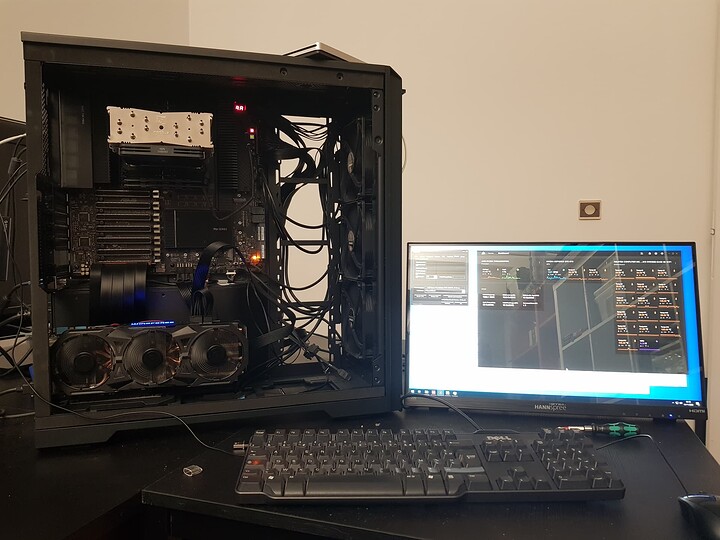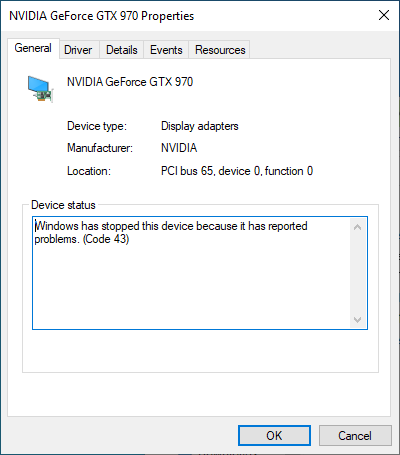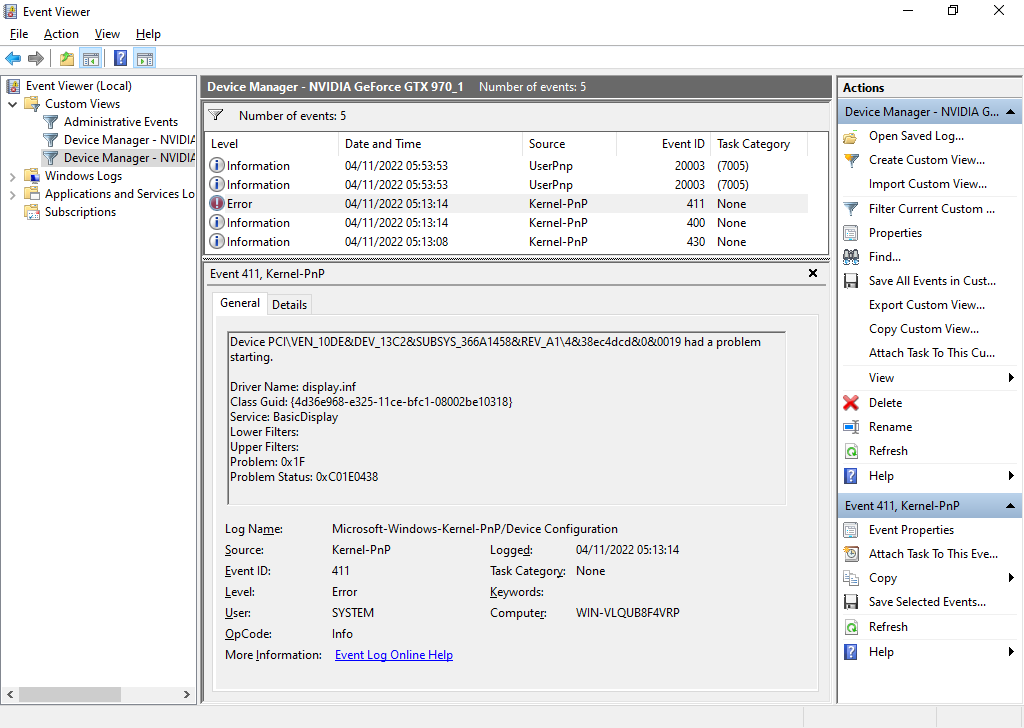Hello guys. I’m officially embarking on the build of my new workstation, which will be based on a 5955WX. I’ve ordered two motherboards (long story) and as the first one has just shipped, I think it’s the perfect time to start this thread. And maybe ask some questions I should have pondered beforehand.
Right this second, the most important question on my mind is : how few DIMM’s can I use with this processor and be able to boot ?
My initial plan was to buy all at once one motherboard, a processor, and four 64 GB RDIMM’s, to be followed a month later by four more DIMM’s. Let’s just say I don’t lack cash, but my VISA is a bit of a bottleneck right now.
That plan flew out the window as I was faced with the inability to find my choice motherboard (Asrock WRX80 Creator) in stock anywhere. In despair, I ordered one from Amazon with a long lead time. Then I found the Asus SAGE in stock in a German store and ordered it today.
As “luck” would have it, soon after I was done ordering the Asus, Amazon shipped the Asrock. Because of course ![]() . Normally, I’d cancel the Asus but… given how hard it was to get even one WRX80 board, I’ve decided to keep both. I might refund or sell the one I don’t end-up using. Or I might go crazy and build two machines.
. Normally, I’d cancel the Asus but… given how hard it was to get even one WRX80 board, I’ve decided to keep both. I might refund or sell the one I don’t end-up using. Or I might go crazy and build two machines.
Anyway… the old VISA might be a little too tight this month to buy two high-end motherboards AND four 64 GB DIMM’s. And the Asrock’s manual says I can run that board with just one or two DIMM’s.
However (and I don’t recall where) I think I’ve heard it said that TR Pro’s won’t run with less than 4 DIMM’s. On the face of it I don’t see why that would be a problem (other than on the performance front).
Has anyone tried to boot one of those machines with just one or two DIMM’s ?


